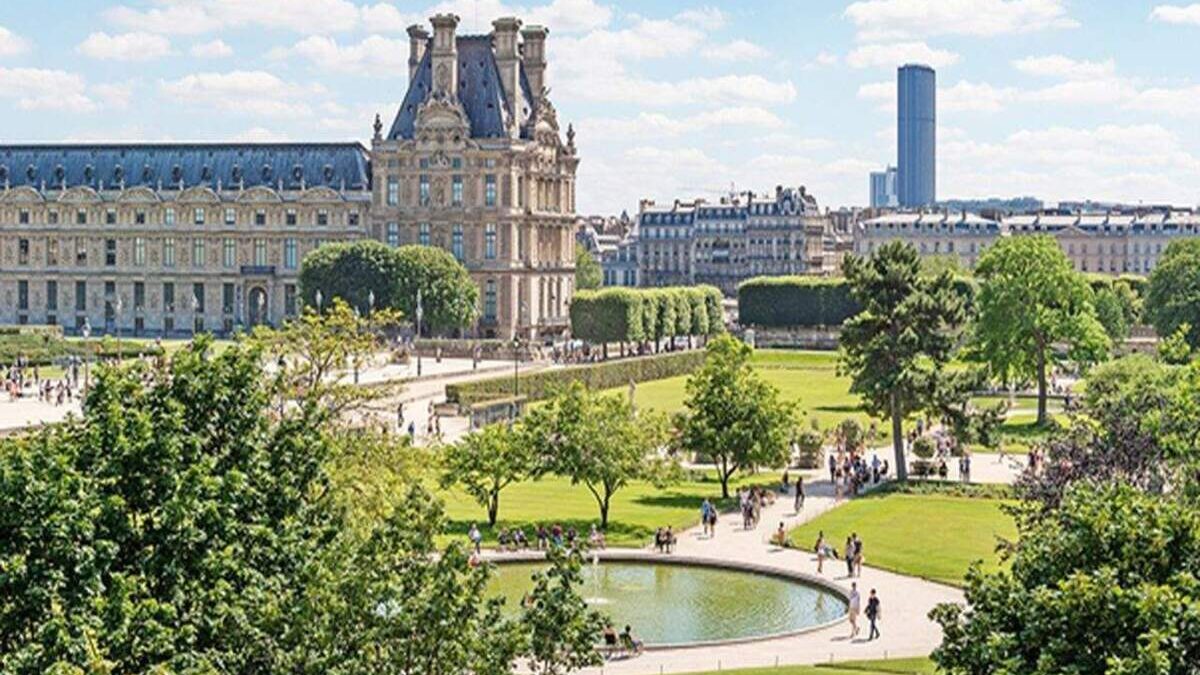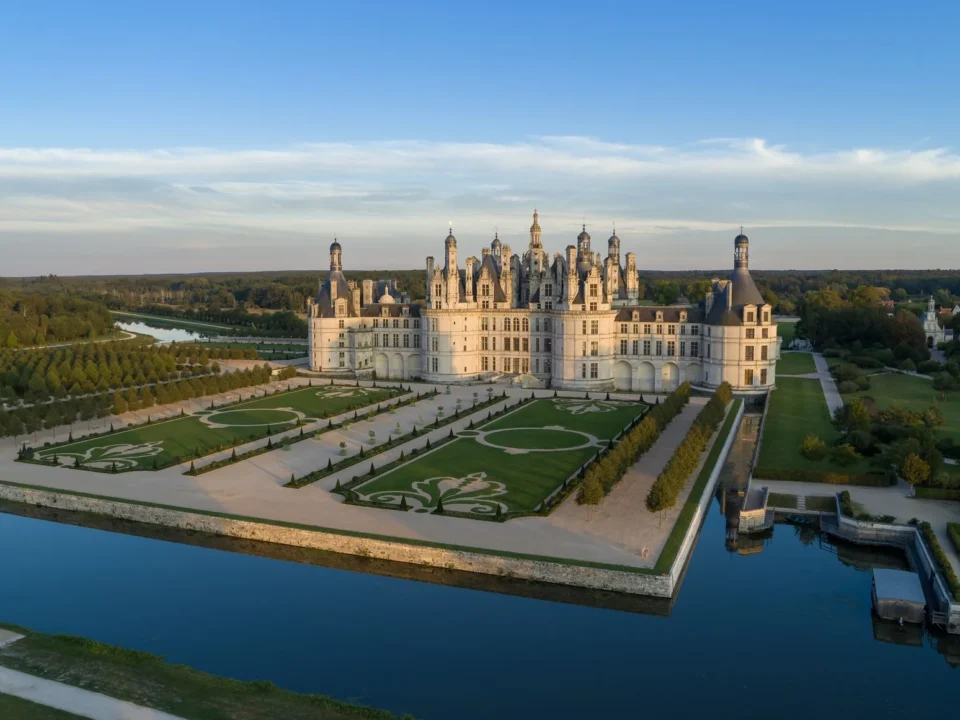Jardin des Tuileries: A Quintessential Parisian Escape

Jardin des Tuileries: A Quintessential Parisian Escape
Jardin des Tuileries: A Quintessential Parisian Escape
Nestled between the Louvre Museum and Place de la Concorde, the Jardin des Tuileries is one of the most visited gardens in Paris, offering a serene retreat amid the bustling cityscape. This public garden, rich with history and adorned with classical statuary and sweeping vistas, is a pivotal element in the French capital’s heritage and its allure for visitors worldwide. In this article, we will explore the Jardin des Tuileries in-depth, highlighting its historical significance, unique characteristics, and the plethora of activities it offers, ensuring that you are well-prepared for a visit to this iconic Parisian landmark.

Introduction to Jardin des Tuileries
Historical Context
Originally created by Catherine de Medici in 1564 as the garden of the Tuileries Palace, the Jardin des Tuileries was opened to the public in 1667 and became a national garden following the French Revolution in 1789. Designed in the formal French garden style, which seeks to impose order on nature, the gardens are a showcase of Renaissance influence and classical symmetry in landscape architecture.
Geographical Position and Significance
The Jardin des Tuileries is centrally located in the 1st arrondissement of Paris, stretching over an area of 25.5 hectares. Its strategic location makes it a cultural and visual conduit between some of Paris’s major landmarks, including the Louvre, the Seine, Place de la Concorde, and the beginning of the Champs-Elysées. It holds a place of pride as a UNESCO World Heritage site and serves as a central point in the historical axis (Axe historique) of Paris.
What Makes the Jardin des Tuileries Special?
Visual and Cultural Appeal
The garden’s meticulous design features two large basins, wide paths, and geometrically arranged shrubs and trees. Notable sculptures by artists such as Rodin, Maillol, and Giacometti enhance its artistic landscape. Seasonal flowerbeds and the grand perspective over the Western part of Paris from the Ferris wheel installed during seasonal festivals add to its charm.
Symbol of Parisian Heritage
The Jardin des Tuileries is not just a park but a symbol of Parisian history and art. Events during the French Revolution, such as the infamous massacre in the garden, render it a place of significant historical memory.
Suggested Activities
Relaxation and Leisure
Visitors can enjoy leisurely strolls along its many allees, relax by the fountains, or partake in the traditional Parisian pastime of sitting in one of the iconic green metal chairs, soaking up the tranquil atmosphere.
Cultural Activities
Throughout the year, the garden hosts various events, including open-air exhibitions and Paris Fashion Week shows. The Fête des Tuileries, with its funfair held from June to August, offers amusement rides and games.
Photography
The garden’s diverse landscape, historic statues, and alignment with some of Paris’s best architectural sights provide ample opportunities for both amateur and professional photography.
Travel Tips for Jardin des Tuileries
Best Time to Visit
Spring and autumn are ideal for visiting the Jardin des Tuileries, as the gardens are beautifully adorned with seasonal blooms and the weather is pleasant for outdoor activities.
Getting There
Easily accessible by public transport, visitors can take the Metro (Line 1 or 7) to Tuileries or Concorde stations. Buses and Parisian rental bikes (Vélib’) are also convenient options.
Costs and Amenities
There is no entry fee to visit the Jardin des Tuileries, making it an excellent, budget-friendly tourist destination. On-site amenities include several cafés and an ice cream stand, along with public restrooms and free Wi-Fi spots.
Nearby Attractions
Louvre Museum
Just a short walk from the garden, the Louvre offers a deep dive into art history, housing thousands of works from different cultures and epochs.
Musée de l’Orangerie
Located within the garden itself, this museum contains impressionist and post-impressionist paintings, including Monet’s famous “Water Lilies.”
Place de la Concorde and Champs-Elysées
Adjacent to the garden, these sites offer further cultural exploration and shopping opportunities.
Cultural and Local Insights
Visitors should try to learn a few basic French phrases to interact courteously with locals. Additionally, exploring the small bookshops and savoring a cup of coffee at a nearby café can provide a deeper connection with Parisian culture.
Conclusion
The Jardin des Tuileries is more than just a garden; it is a living museum and a testament to Paris’s layered history and cultural depth. With its breathtaking landscapes, historical significance, and vibrant atmosphere, it promises a memorable experience for every visitor, encapsulating the essence of Parisian charm and elegance. Whether you seek a quiet refuge from the city, an artistic pilgrimage, or a festive environment, the Tuileries Garden offers a unique glimpse into the soul of Paris.



